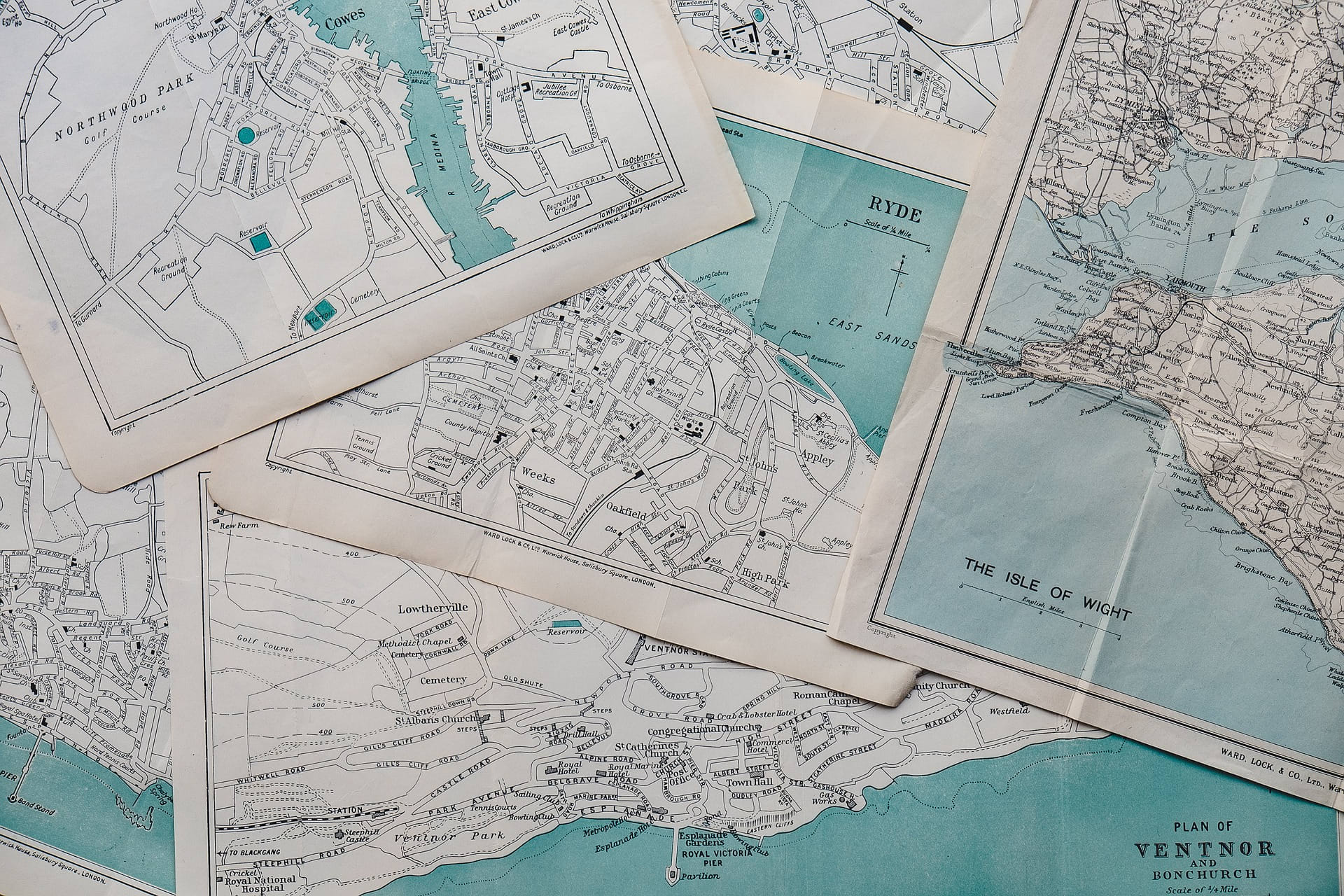

This effort results in a recently developed package called sf ( Pebesma 2018). There is an attempt at standardizing the spatial format in the R ecosystem by adopting a well established set of spatial standards known as simple features. spdep now accepts sf objectsġ The spatial* format includes SpatialPointsDataFrame, SpatialPolygonsDataFrame, SpatialLinesDataFrame, etc… SpatialPoints* SpatialPolygons* SpatialLines* SpatialGrid*

Visualizing, manipulating, spatial statistics Will also read from spatially enabled databases such as postgresSQL. This is likely to become the new spatial standard in R. A breakdown of formats and intended use are listed below.

Your choice of format will largely be dictated by the package(s) and or function(s) used in your workflow. There are several different R spatial formats to choose from. Generate the variance and confidence interval maps.Moran’s I as a function of a distance band.Computing the Moran’s I statistic: the easy way.Computing a pseudo p-value from an MC simulation.Computing the Moran’s I statistic: the hard way.Test for a poisson point process model with a covariate effect.Computing a pseudo p-value from the simulation.Modeling intensity as a function of a covariate.Quadrat density on a tessellated surface.Getting external data into a spatstat format.Understanding the Proj4 coordinate syntax.A note about the changes to the PROJ environment.Binary operations and functions (where two rasters are used).Unary operations and functions (applied to single rasters).Local Empirical Bayes (EB) rate estimate.Global Empirical Bayes (EB) rate estimate.Standardized mortality ratios (relative risk).Clipping spatial objects using other spatial objects.MULTIPOLYGON simple feature: multipart features.Adding a geometry column to an existing non-spatial dataframe.Step 3: Create the simple feature object sf.Step 2: Create a column of simple feature geometries: sfc.Splitting data by polygons or group of polygons.Exporting to different data file formats.Converting a raster object to an im object ( spatstat).Converting an sf point object to a ppp object.Converting an sf polygon object to an owin object.Converting an sf object to a Spatial* object ( spdep/ sp).Creating a spatial object from a data frame.A Reading and writing spatial data in R.14.2 Statistical Approach to Interpolation.14.1.3 Fine tuning the interpolation parameters.14.1 Deterministic Approach to Interpolation.13.1.2 Monte Carlo approach to estimating significance.12.4 Monte Carlo test with K and L functions.12.2.2 A better approach: a Monte Carlo test.12.2.1 ArcGIS’ Average Nearest Neighbor Tool.11.3.3 The Pair Correlation Function \(g\).11.2.3 Modeling intensity as a function of a covariate.10.5.1 Mathematical operators and functions.9.1.4 Building the Geographic Coordinate System.8 Spatial Operations and Vector Overlays.7.5 Problem when performing bivariate analysis.4.4 So how do I find a proper color scheme for my data?.


 0 kommentar(er)
0 kommentar(er)
